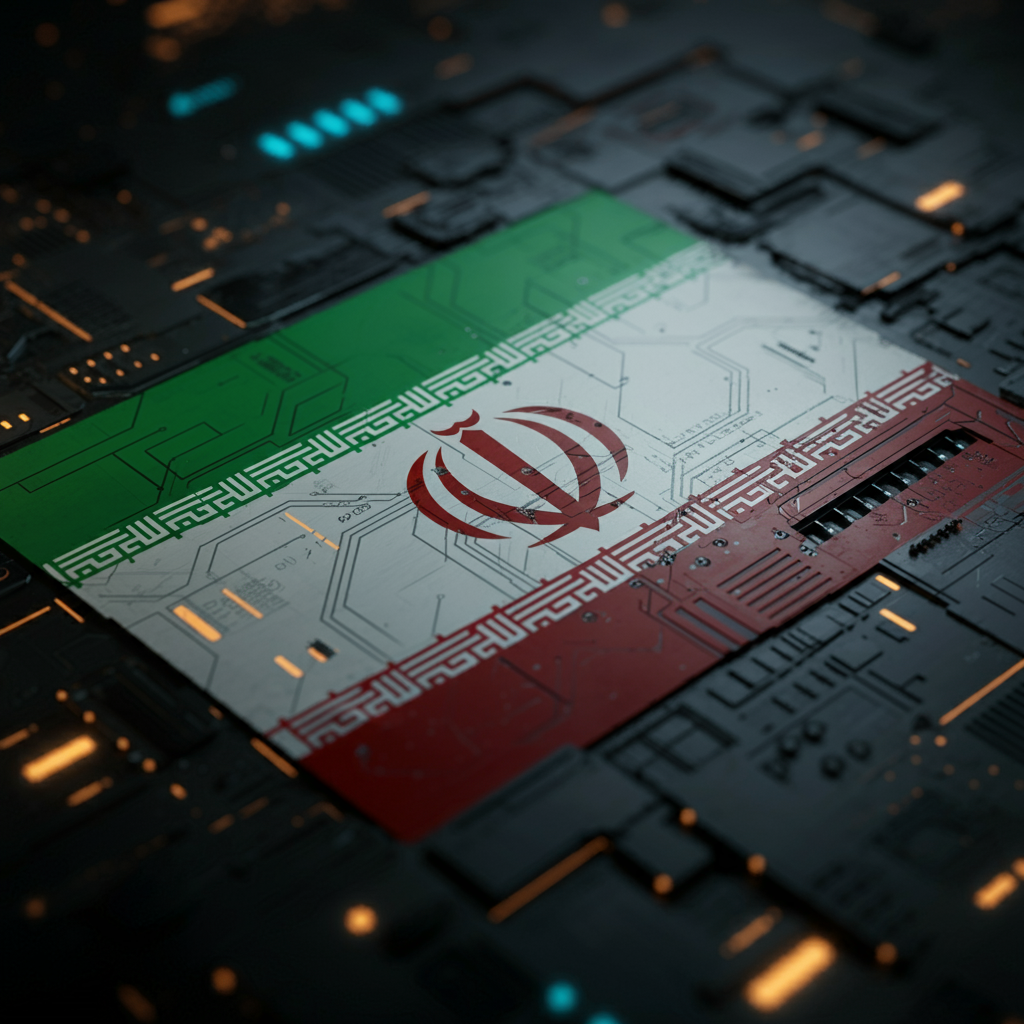Here is an outline of our Iran's Armed Forces Narrative Intelligence brief.

This Iran's Armed Forces narrative is driven by 180 sources in the U.S. Media module, amplifying 464 narrative items.
Today, our Narrative AI highlights escalating tensions between Iran, Israel, and Hamas. These narratives highlight Iran's military preparations, retaliatory threats, and the geopolitical implications of leadership changes within Hamas, illustrating a complex web of conflict and power dynamics in the region.
The ongoing tensions between Iran and Israel are deeply rooted in a complex interplay of demographics, social dynamics, economic conditions, political ideologies, and military capabilities. Iran, with a population of approximately 85 million, is predominantly Shia Muslim, while Israel, with around 9 million people, is primarily Jewish. This sectarian divide fuels animosity, particularly as Iran supports groups like Hamas, which is Sunni and opposes Israeli statehood.
Economically, Iran faces significant challenges, including sanctions that have crippled its economy, leading to high inflation and unemployment. In contrast, Israel has a robust economy driven by technology and innovation, attracting foreign investment. The military capabilities of both nations are significant; Iran's Islamic Revolutionary Guard Corps (IRGC) has developed advanced missile technology, while Israel maintains a strong air force and intelligence network.
Geographically, the proximity of Iran to Israel, along with the presence of proxy groups like Hezbollah in Lebanon, creates a volatile security environment. The IRGC's recent missile enhancements and threats of retaliation against Israel highlight the potential for military escalation. The assassination of key figures, such as Hamas leader Ismail Haniyeh, further exacerbates tensions, as Iran vows to respond.
Politically, Iran's leadership, particularly under Supreme Leader Ali Khamenei, emphasizes resistance against Israel, framing it as a struggle against Western hegemony. This narrative resonates with many in the region, complicating diplomatic efforts. The situation is further complicated by the involvement of the U.S., which supports Israel and has a military presence in the region, raising the stakes for a potential conflict that could have far-reaching implications for regional stability and security.
Our Kudzu Narrative Intelligence brief auto-updates every few hours with fresh analysis:
Note: Kudzu Narrative Intelligence briefs update every few hours. Very likely, the Narrative Analysis above will have changed as well.
Image Credit for Article Header: Google ImageFX